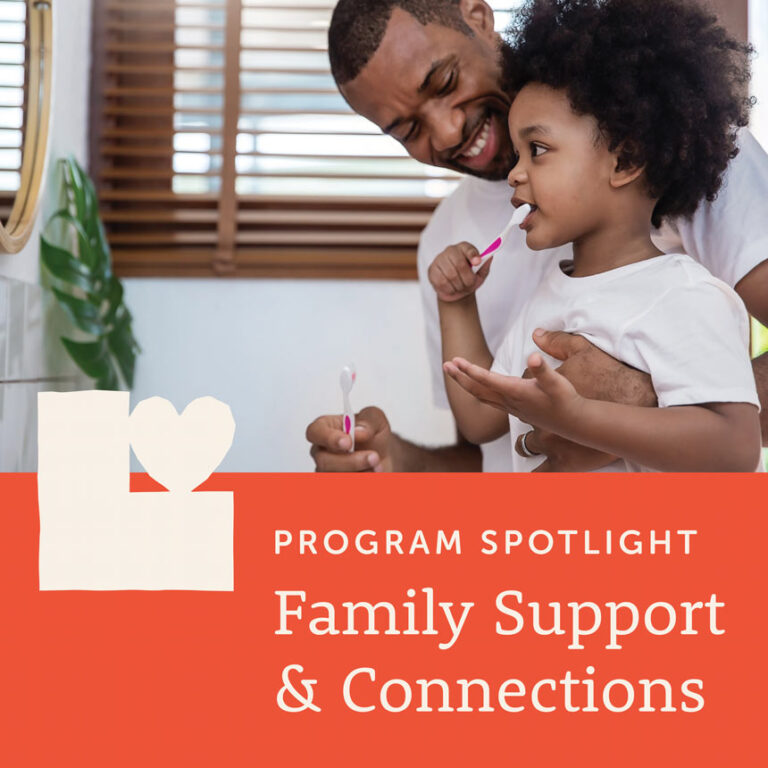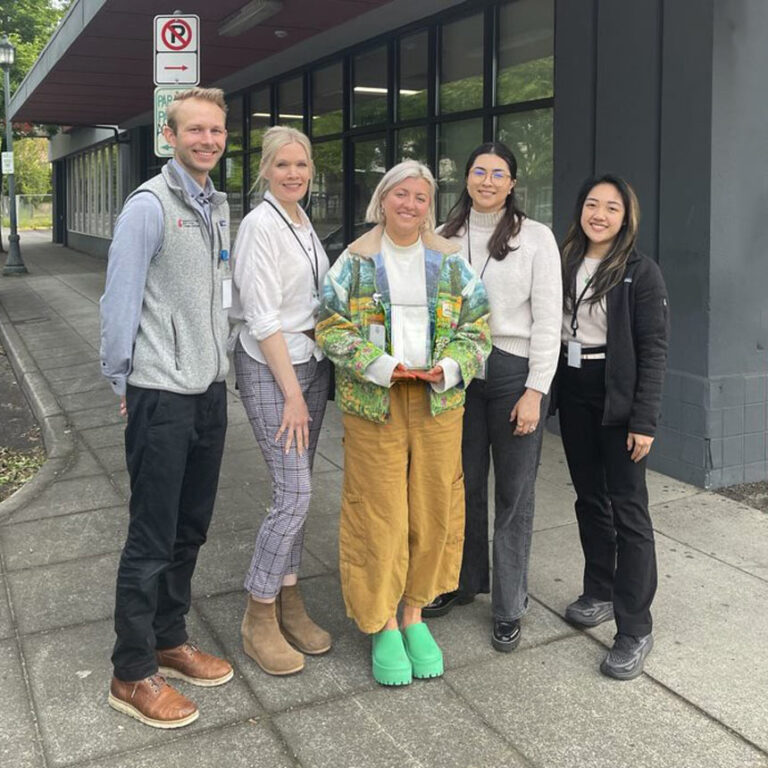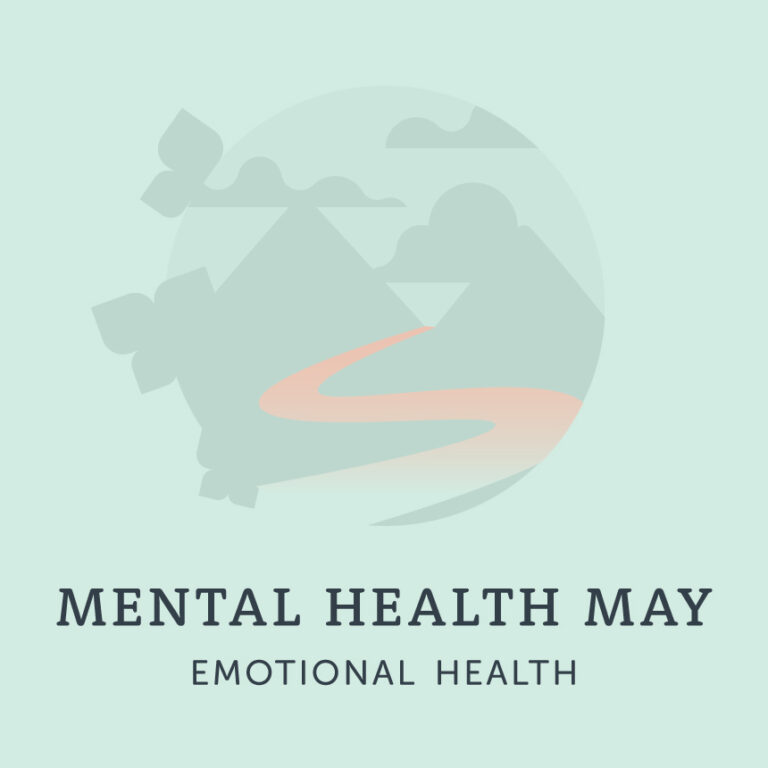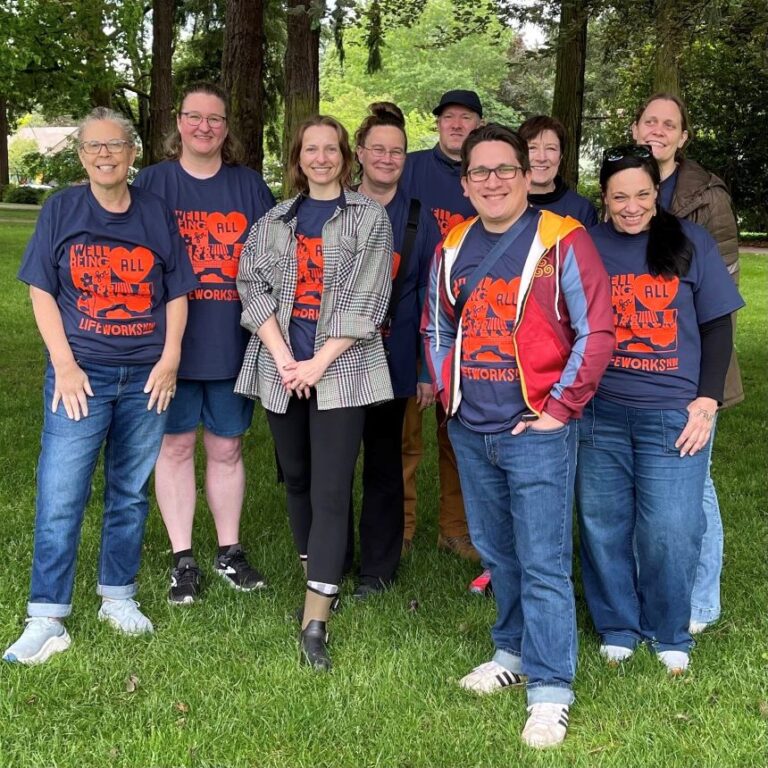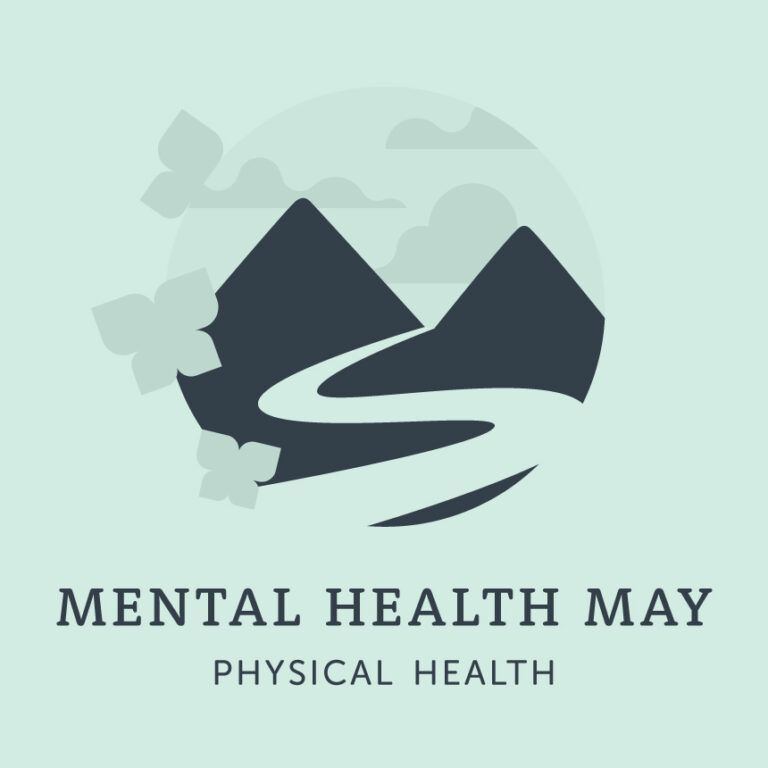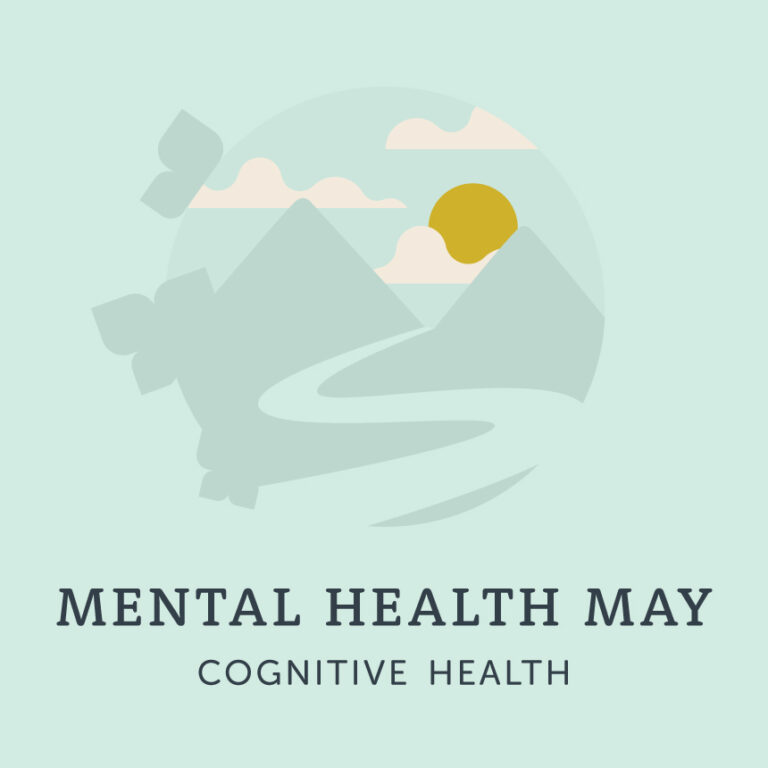
For the transgender community, it can be hard to feel seen, recognized and celebrated. That’s why in 2009, trans activist Rachel Crandall decided to observe a new holiday: International Transgender Day of Visibility on March 31. Since then, it’s spread around the world. It was recognized by the US government for the first time in 2021, when President Biden issued an official proclamation.
Transgender Day of Visibility is about raising awareness of the struggles that trans people face worldwide, but it’s also about celebrating their lives and contributions to society. According to a member of LifeWorks NW’s Peer-Delivered Services, N, behavioral health services also play a huge role by providing that social recognition.
“Folks come to us, and we are often the first place where they feel safe expressing themselves or asking for their chosen name,” says N. “Supporting other folks, watching them breathe a sigh of relief when their name is finally changed – you can just see them come alive. They just weren’t themselves before. The world wasn’t seeing them.”
There are a number of ways that behavioral health providers can do more to meet the needs of transgender clients. For example, taking a look at the paperwork they’re using to ensure there’s a space for someone to enter their chosen name and pronouns, and making an effort to understand gender-neutral and neopronouns.
It’s important to normalize asking people what they’d like to be called. While some staff may worry about offending people with the questions, cisgender people need to learn to “sit in their discomfort” and learn from the experience.
“When a trans person is out and you’re asking them to educate, that can cause harm,” N says. “Especially if you aren’t even asking permission, like, ‘is this okay?’ We really need cis folks to also be carrying that and not just putting it onto us to educate them. They need to take action in terms of educating themselves, too.”
Special issues can arise when working with substance use programs, since drug testing is often observed by a professional, and the treatment is gender-segregated. Care needs to be taken to pair transgender clients in settings that feel safe, and that won’t inadvertently out them to others.
For trans clients, often more support is needed than simply listening to them discuss their everyday problems. They may need practical support as well – help filling out name change paperwork, referrals to doctors who provide gender-affirming paperwork or surgery letters.
It’s also important for mental health workers to do research and familiarize themselves with LGBTQ+ resources so they’re able to provide them when needed. Training on transgender issues should be standardized across an organization, so that all staff are aware of how to address trans clients and answer their questions.
“Gender affirming health care is suicide prevention,” says N. “We save lives by providing that care.”
Photo courtesy of The Gender Spectrum Collection




